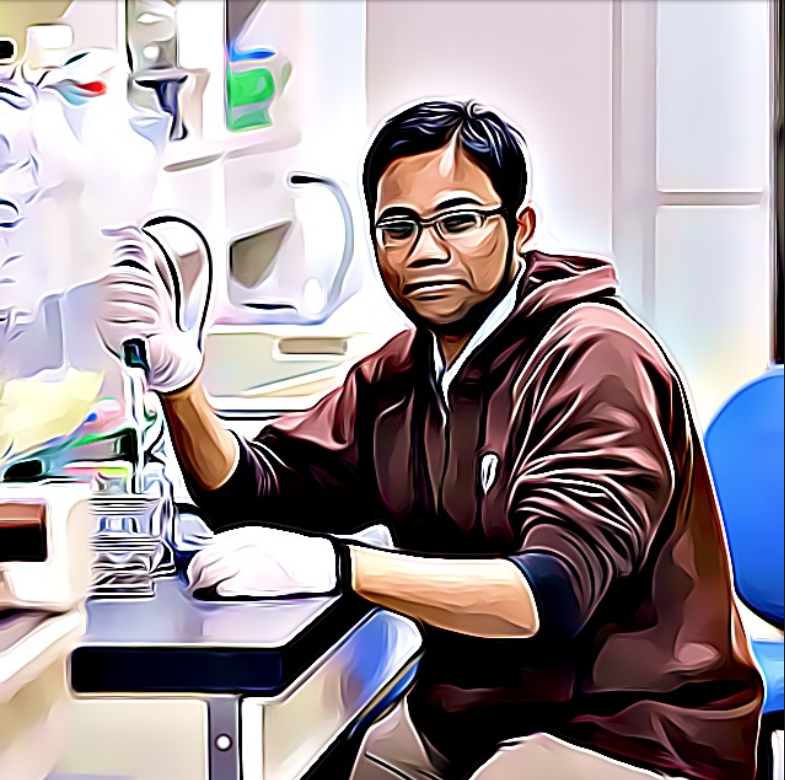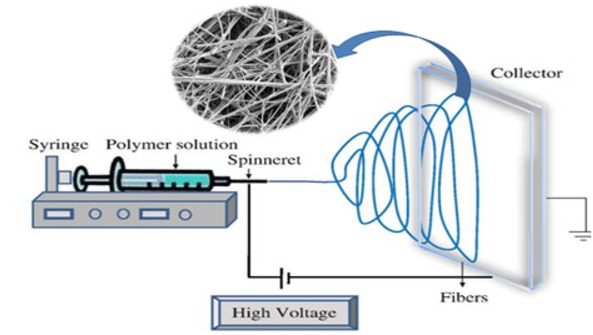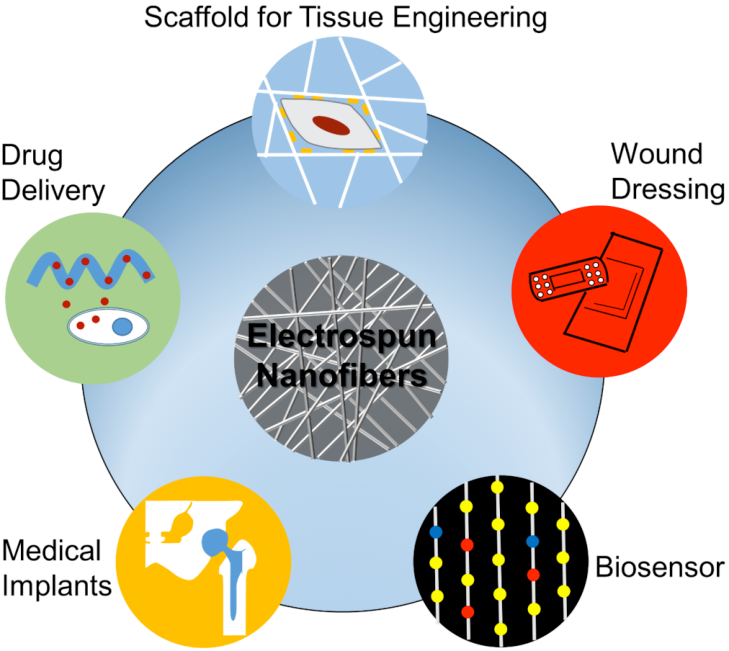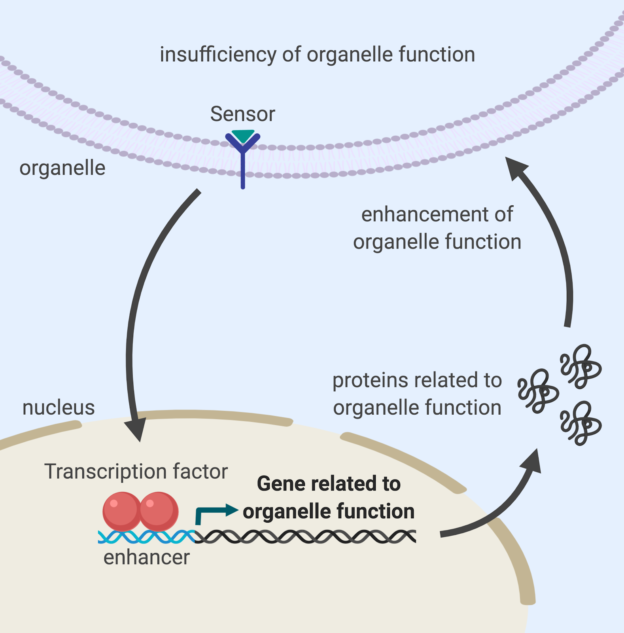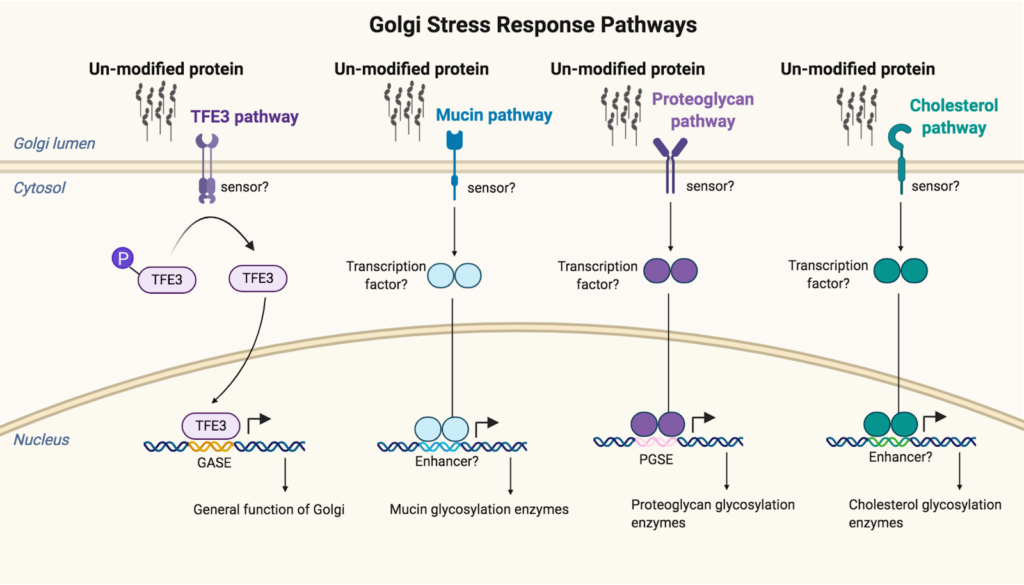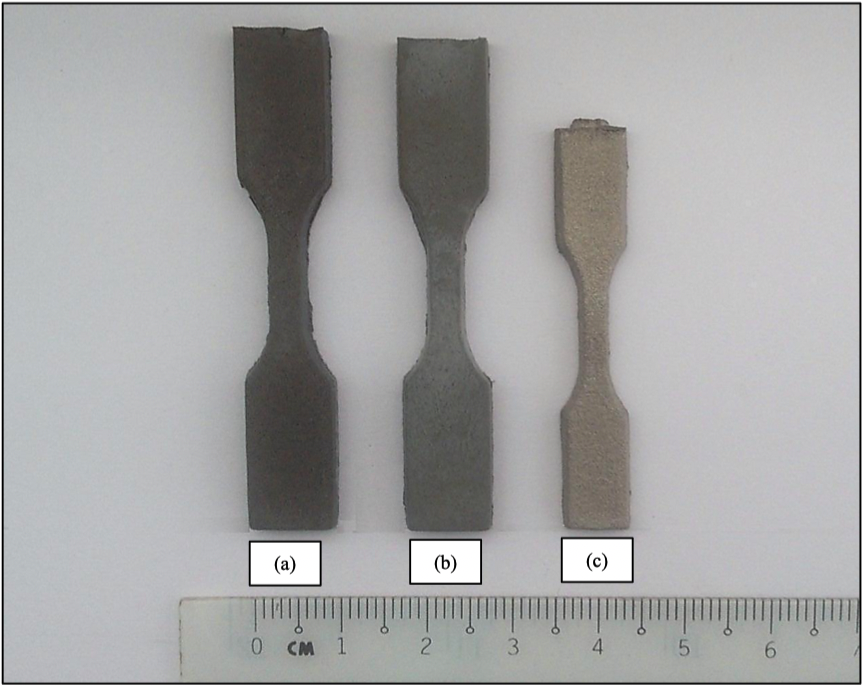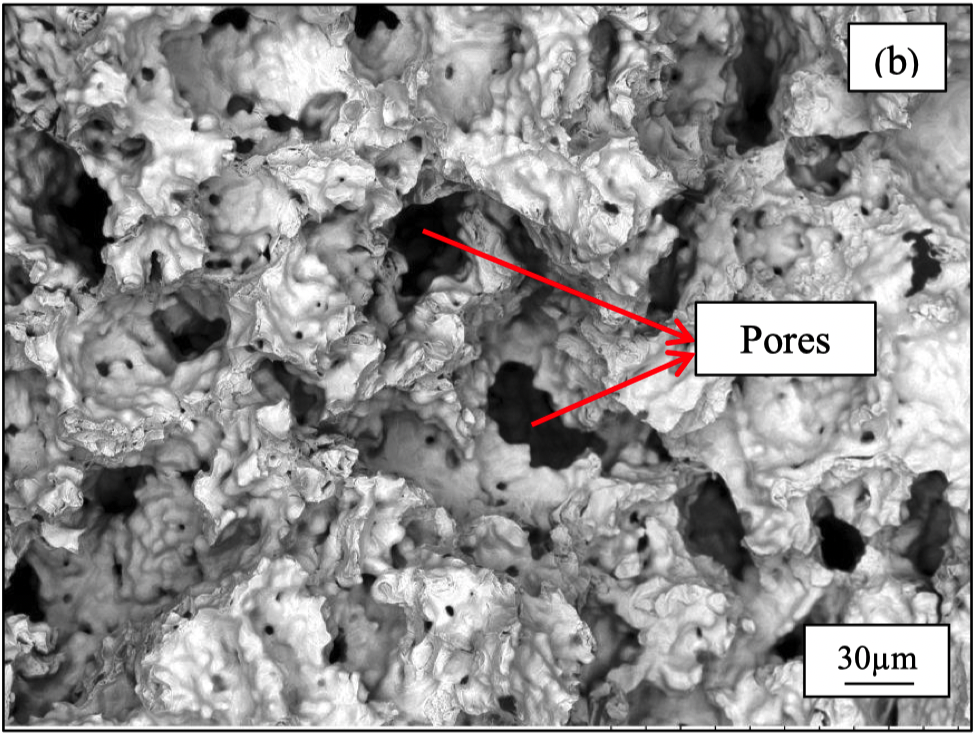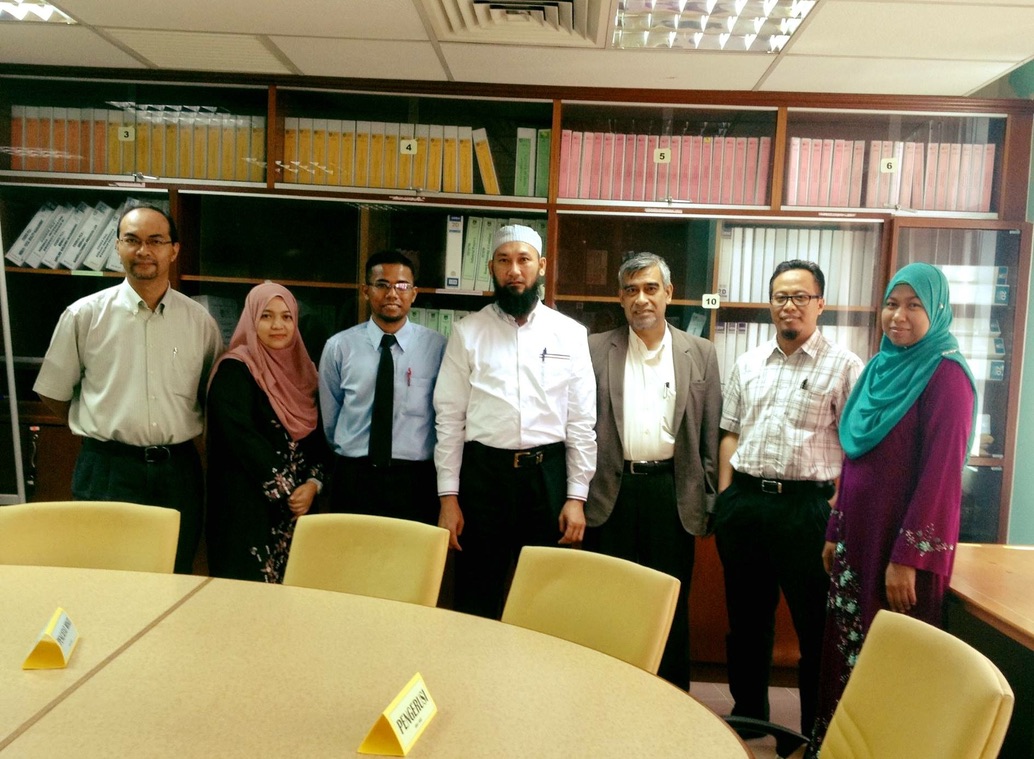Research Highlights
Current Research
Synthesis of Electrospun nanofibres for application in drug delivery and tissue engineering
“The electrospinning process affords the opportunity to engineer scaffolds with micro to nanoscale topography and high porosity similar to the natural extracellular matrix (ECM). The inherently high surface-to-volume ratio of electrospun scaffolds can enhance cell attachment, drug loading, and mass transfer properties. Various materials can be electrospun including biodegradable, non-degradable, and natural materials. Electrospun fibers can be oriented or arranged randomly, giving control over both the bulk mechanical properties and the biological response to the scaffold. Drugs ranging from antibiotics and anticancer agents to proteins, DNA, and RNA can be incorporated into electrospun scaffolds. Suspensions containing living cells have even been electrospun successfully. The applications of electrospinning in tissue engineering and drug delivery are nearly limitless” [2]. Currently, I am investigating the potential of incorporating CA/PCL with Paclitaxel/Temolozomide drug to cure cancer and CA/PCL with Aquilaria Malaccensis for anti-cancer properties study.
[1] Sill TJ, Von Recum HA. Electrospinning: applications in drug delivery and tissue engineering. Biomaterials. 2008 May 1;29(13):1989-2006.
[2] Faki R, Gursoy O, Yilmaz Y. Effect of electrospinning process on total antioxidant activity of electrospun nanofibers containing grape seed extract. Open Chemistry. 2019 Jan 1;17(1):912-8
[3] Weng L, Xie J. Smart electrospun nanofibers for controlled drug release: recent advances and new perspectives. Current pharmaceutical design. 2015 May 1;21(15):1944-59.
Previous Research
The Golgi Stress Response and unfolded protein response
Eukaryotic cells have various organelles, including the ER and the Golgi apparatus. The amount of each organelle is tightly regulated in accordance with cellular demands, which is called organelle autoregulation. Clarification of the molecular mechanism of the organelle autoregulation is one of the fundamental issues in cell biology.
Prof. Yoshida’s group has been analyzing the autoregulatory mechanism of the Golgi apparatus, that is, the Golgi stress response. When cells increase the synthesis of secretory or membrane proteins, the functional capacity of the Golgi becomes insufficient (Golgi stress), leading to activation of the Golgi stress response in order to augment the capacity of the Golgi. The fundamentals of the Golgi stress response mechanism are simple, consisting of: (i) a sensor molecule that detects insufficiency of Golgi function; (ii) a transcription factor that induces the transcription of Golgi-related genes; (iii) a transcriptional enhancer element to which the transcription factor binds; and (iv) target genes that encode Golgi-related proteins such as glycosylation enzymes and vesicular transport components.
Metal Injection Moulding of Porous Ti-6Al-4V for Biomedical Implantation
Metal Injection Moulding (MIM) is a promising approach to produce a near-net-shape product of intricate geometry with cost-effective production. There are four main processing steps in MIM which are mixing; injection molding; debinding; and sintering (German & Bose, 1997). To date, numerous studies have been done on implementing MIM to manufacture products for biomedical applications by employing Titanium and its alloy as the main subject. Titanium and its alloys are renowned materials with their biocompatibility, good mechanical properties, and high corrosion resistance. This study was aimed to fabricate porous Ti-6Al-4V structure through MIM technique using palm stearin (PS) binder system. Titanium alloy powder (Ti-6Al-4V) was used to mix with sodium chloride (NaCl) as a space holder and binder components that consists of palm stearin (PS) as a primary binder and polyethylene (PE) as a backbone binder.
